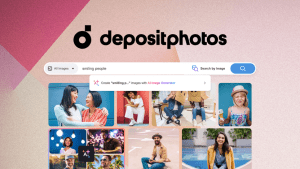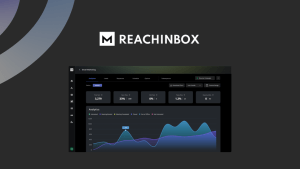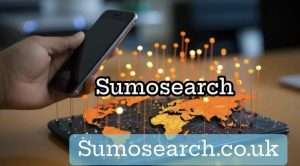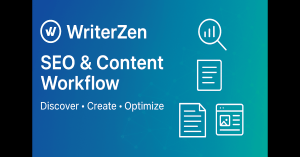The word at the bottom of some marketing emails is “unsubscribe.” It allows recipients to opt out of future emails.
Marketing emails often include an “unsubscribe” link at the bottom. This feature is crucial for maintaining compliance with email marketing laws, such as the CAN-SPAM Act in the United States. Providing an easy way to opt out respects the recipient’s preferences and helps maintain a positive brand image.
Users who no longer wish to receive emails can easily remove themselves from the mailing list, reducing the likelihood of marked spam. Including this option can also improve your email deliverability rates, ensuring your messages reach interested and engaged audiences. Always make the “unsubscribe” process simple and straightforward to enhance user experience.
The Hidden Power Of Email Footers
Email footers often go unnoticed, but they hold great potential. They can enhance your marketing emails. A well-crafted footer can grab attention and build trust with your audience.
Grabbing Attention
Email footers can make a strong impression. They give you one last chance to engage your reader. Use bold fonts or colors to highlight key information. Include a powerful call-to-action (CTA) to encourage further engagement.
Here are some elements to include in your email footer:
- Contact Information: Make it easy for readers to reach you.
- Social Media Links: Encourage followers on other platforms.
- Unsubscribe Link: Ensure compliance with email regulations.
Building Trust
Trust is crucial in email marketing. A transparent footer helps build that trust. Include your company’s physical address. Add a link to your privacy policy. This shows you value your reader’s data.
Consider adding the following elements:
| Element | Purpose |
|---|---|
| Physical Address | Shows your business is real and trustworthy. |
| Privacy Policy | Assures readers their data is safe. |
| Company Logo | Strengthens brand identity. |
Psychological Triggers
Many marketing emails include clever words at the bottom. These words use psychological triggers to boost engagement. Understanding these triggers can help you craft better emails.
Scarcity And Urgency
Scarcity and urgency make people act quickly. These triggers can be very powerful.
Scarcity creates a sense of limited availability. People fear missing out. For example, “Only 5 left in stock!” makes people want to buy now.
Urgency makes people feel they must act fast. Words like “Hurry!” or “Ends tonight!” push people to decide quickly.
Social Proof
Social proof shows others trust and use the product. It builds confidence.
Examples of social proof include:
- Testimonials – Quotes from happy customers.
- Reviews – Star ratings and written feedback.
- Endorsements – Approval from experts or influencers.
People trust products others already use. This increases the chance they will buy.
Design Elements
Design elements are essential in crafting effective marketing emails. They ensure the email captures attention and keeps the reader engaged. Below, we explore some critical design elements like color, fonts, and layout.
Color And Font Choices
Choosing the right colors can make your email stand out. Bright colors draw attention, while softer tones create a calming effect. Use a color scheme that aligns with your brand. Ensure high contrast for readability.
Fonts are equally important. Use readable fonts like Arial or Helvetica. Avoid using too many different fonts. Stick to one or two for a clean look. Font size should be large enough for easy reading, typically 14-16px.
Layout And Structure
A well-structured layout guides the reader. Use a clear and logical structure. Place the most important information at the top. Use headings and subheadings to break up text. This makes the email skimmable.
Include bullet points or numbered lists for clarity. Here is an example:
- Highlight key points
- Break up long paragraphs
- Make it easy to read
Tables can help organize information neatly:
| Element | Purpose |
|---|---|
| Header | Grabs attention |
| Subheader | Introduces key points |
| Body | Provides detailed information |
| Footer | Offers a call to action |
Legal And Compliance
Understanding the legal and compliance aspects of marketing emails is crucial. It’s not just about following rules; it’s also about building trust. Ensuring your emails adhere to legal standards can make or break your marketing efforts.
Privacy Policies
Privacy policies are essential for any marketing email. They inform recipients about how their data is collected and used. This transparency builds trust and ensures compliance with laws like GDPR and CCPA.
Privacy policies should include:
- Types of data collected
- How data is used
- Who has access to the data
- How data is protected
Make sure your privacy policy is easy to understand. Use simple language and avoid jargon.
Unsubscribe Links
An unsubscribe link is more than just a courtesy. It’s a legal requirement under laws such as CAN-SPAM and GDPR. Including an easy-to-find unsubscribe link in your marketing emails is crucial.
Here are some best practices for unsubscribe links:
- Place the link at the bottom of the email
- Use clear and simple language like “Unsubscribe” or “Opt-out”
- Ensure the unsubscribe process is simple and quick
A clear unsubscribe link helps maintain your email list’s integrity. It also shows you respect your recipients’ choices.
| Legal Requirement | Purpose |
|---|---|
| Privacy Policies | Inform recipients about data collection and usage |
| Unsubscribe Links | Allow recipients to opt-out easily |
Brand Consistency
Brand consistency is vital for effective marketing. It builds trust and recognition. Marketing emails often have a word at the bottom. This word reinforces your brand identity. Let’s explore how logos, taglines, tone, and voice contribute.
Logos And Taglines
A logo is a visual symbol of your brand. It must appear in every email. This makes your emails instantly recognizable. The tagline should be consistent as well. It sums up what your brand stands for.
- Logo Placement: Always place your logo at the top or bottom.
- Tagline Consistency: Use the same tagline across all emails.
Tone And Voice
The tone and voice of your email should reflect your brand. They help in creating a unique identity. Tone is about the overall mood of the email. Voice is your brand’s personality.
Here’s how to maintain consistency:
- Voice: Define your brand’s voice. Is it formal or casual?
- Tone: Keep the tone consistent. Is it friendly or professional?
- Language: Use similar phrases and words in all emails.
| Aspect | Tips |
|---|---|
| Voice | Maintain the same brand personality. |
| Tone | Ensure a consistent mood in emails. |

Credit: opendigitalmaterial.com
Analyzing Effectiveness
Understanding the effectiveness of marketing emails is crucial. This helps in optimizing campaigns. One key metric is the placement of words at the bottom of emails. These words can impact open rates and click-through rates. Let’s dive into these metrics.
Open Rates
Open rates measure how many recipients open the email. Words at the bottom can influence this. Common examples include:
- “Thank you”
- “Best regards”
- “See you soon”
These words can create a personal connection. They may encourage recipients to open future emails. Personal touches often lead to higher open rates.
Click-through Rates
Click-through rates measure how many recipients click links in the email. Words at the bottom can affect this metric too. Consider using:
- “Learn more”
- “Get started”
- “Discover now”
These phrases can motivate recipients. They provide a clear call to action. Encouraging clicks is the goal.
| Word/Phrase | Effect on Open Rates | Effect on Click-Through Rates |
|---|---|---|
| “Thank you” | Positive | Neutral |
| “Learn more” | Neutral | Positive |
| “Best regards” | Positive | Neutral |
| “Get started” | Neutral | Positive |
| “See you soon” | Positive | Neutral |
| “Discover now” | Neutral | Positive |
Best Practices
Understanding the best practices for including a word at the bottom of marketing emails can significantly enhance email engagement and conversions. This section will explore some of the most effective strategies.
A/b Testing
A/B Testing helps determine the most effective word or phrase. Create two versions of your email with different words at the bottom. Measure which one performs better.
- Send version A to one group and version B to another.
- Analyze open rates, click-through rates, and conversions.
This method provides data-driven insights for improving email performance.
Personalization
Personalization makes your emails feel more relevant to each recipient. Tailor the word at the bottom to the individual’s preferences or past behavior. Use the recipient’s name or reference a previous purchase.
Consider using dynamic content blocks to automate personalization. Tools like Mailchimp or HubSpot can help with this.
| Personalization Type | Example |
|---|---|
| Name | “Thank you, John!” |
| Purchase History | “Enjoy your new shoes!” |
Personalized emails often have higher engagement rates.
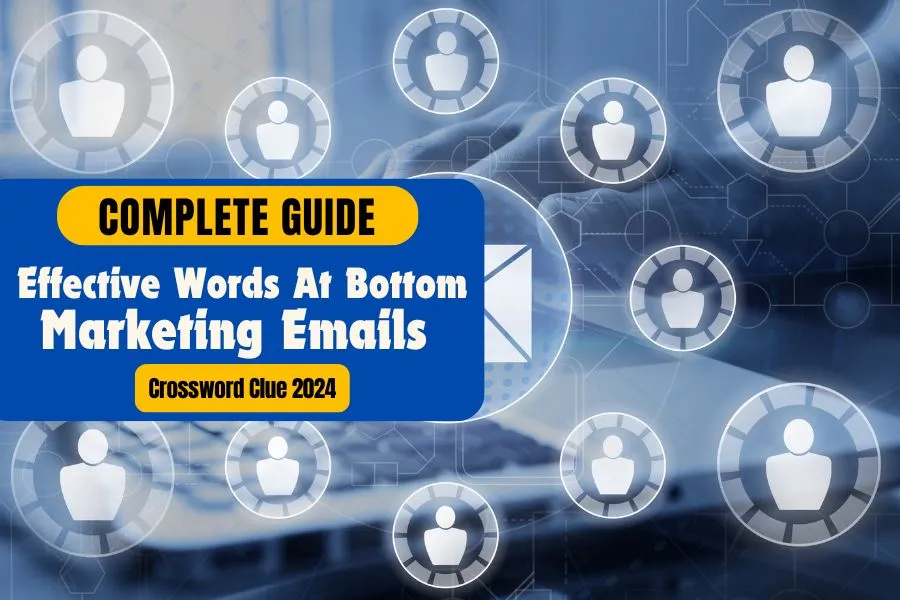
Credit: ahmedafridi.com
Future Trends
The future of marketing emails is evolving rapidly. New trends and technologies are shaping how we engage with recipients. Below, we explore some exciting future trends for the word at the bottom of marketing emails.
Ai And Automation
Artificial intelligence and automation are transforming email marketing. AI can personalize email content based on user behavior. Automated tools help in segmenting email lists more effectively. These technologies improve engagement and conversion rates.
Predictive analytics powered by AI can forecast customer actions. This helps in crafting more targeted email content. Automated systems can also send follow-up emails at optimal times. This increases the chance of user interaction.
Interactive Footers
Interactive footers are becoming more popular in marketing emails. They offer a dynamic and engaging experience for recipients. Footers can include interactive elements such as:
- Clickable icons for social media
- Live polls and surveys
- Embedded videos
These elements make emails more engaging and fun. They encourage recipients to interact with the email content. Interactive footers can also provide valuable feedback and data. This helps in refining future email campaigns.
The future of email marketing is bright. AI, automation, and interactive footers are leading the way.
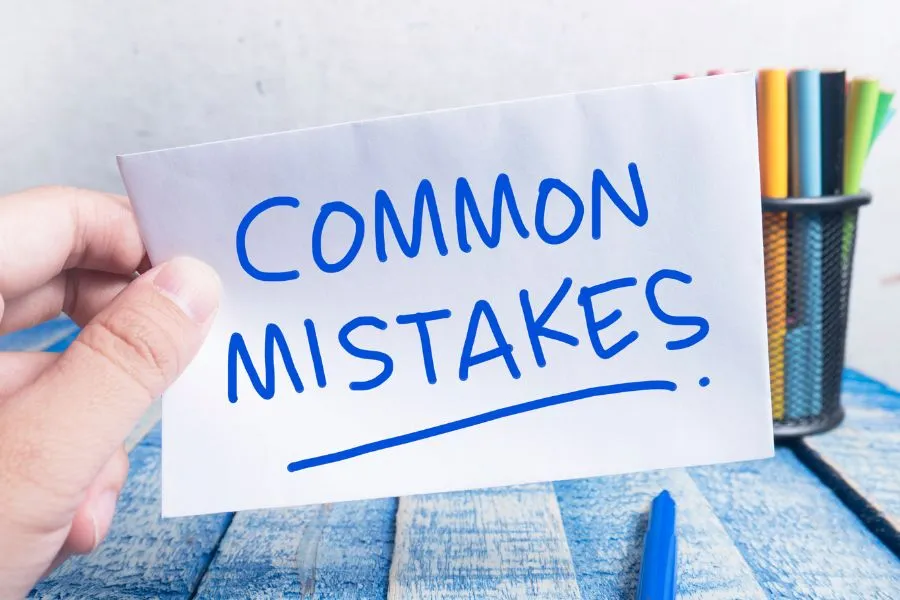
Credit: ahmedafridi.com
Frequently Asked Questions
What Does “word” At The Bottom Mean?
The “word” at the bottom of some marketing emails is often a call-to-action or signature. It can guide the reader on the next steps.
Why Do Marketing Emails End With A Single Word?
Marketing emails end with a single word to grab attention. It often serves as a call-to-action or important reminder.
How Does The Word Affect Email Engagement?
The word at the bottom can increase engagement by prompting action. It stands out and encourages readers to click or respond.
Can The Word At The Bottom Be Customized?
Yes, the word can be customized to fit the email’s purpose. Marketers often tailor it to align with campaign goals.
Conclusion
Understanding the word at the bottom of marketing emails is crucial. It boosts transparency and trust with subscribers. Always ensure your emails are clear and compliant with regulations. This small detail can significantly impact your email marketing success. Optimize your strategies for better engagement and customer loyalty.

